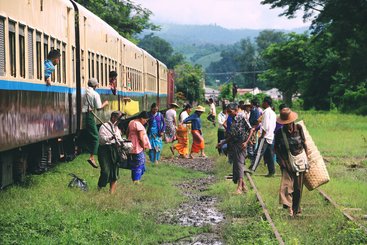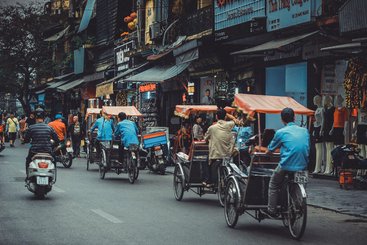In Southeast Asia, labour migration provides many positive outcomes but can also pose risks to migrants who fall victim to exploitation or trafficking in persons (TIP). This paper on Laos, a primarily sending country for labour migrants, is part of a series of ASEAN country studies seeking to understand what shapes labour migrants’ vulnerabilities to exploitation, including TIP. Vulnerability to exploitation and TIP is due not only – or even mostly – to lack of knowledge, skills or capacity but also due to entrenched structures, rules, power and interests. Addressing exploitation therefore requires understanding how these dimensions sustain vulnerabilities.
This paper examines key political economy factors that sustain vulnerability to exploitation and TIP for Lao labour migrants. It explores three migration corridors: Laos to Thailand; Laos to China; and Laos to the Golden Triangle Special Economic Zone. Addressing labour migrant vulnerabilities and strengthening their protective capacities through prevention, protection and response can assist in reducing different risks of exploitation on these migration routes.




